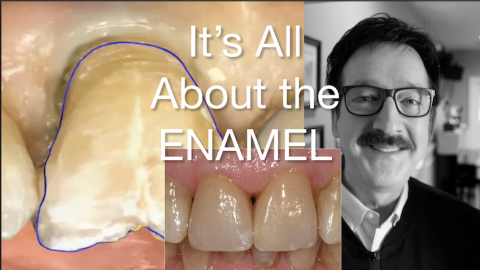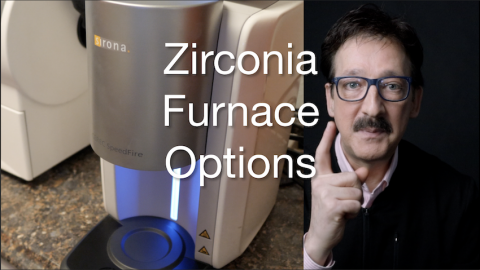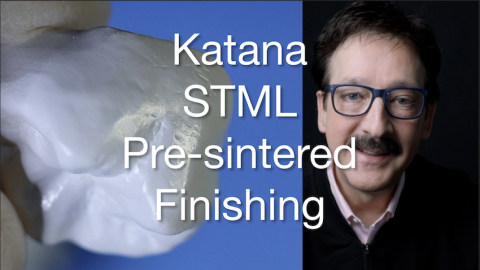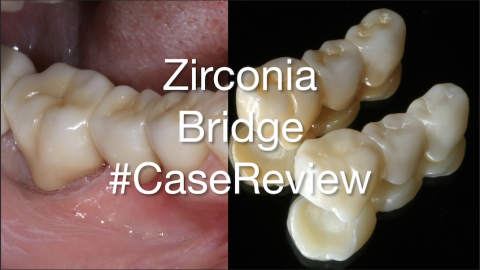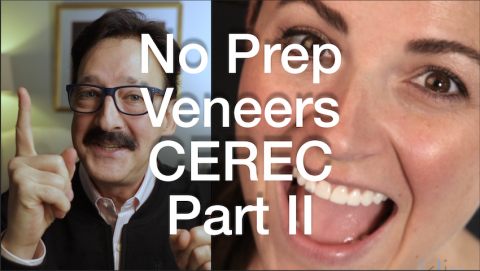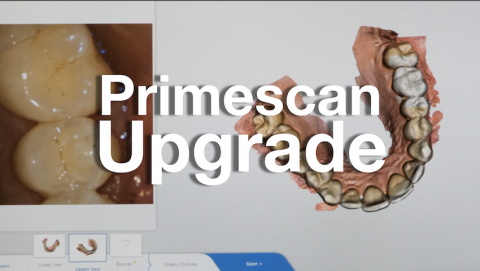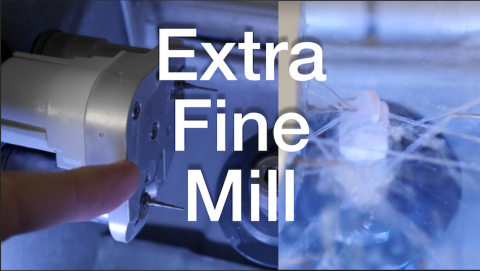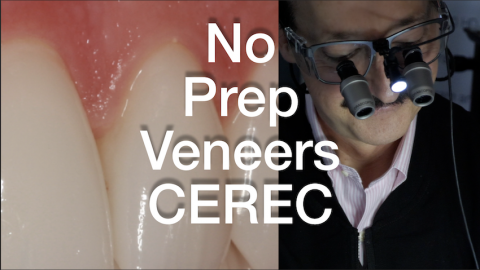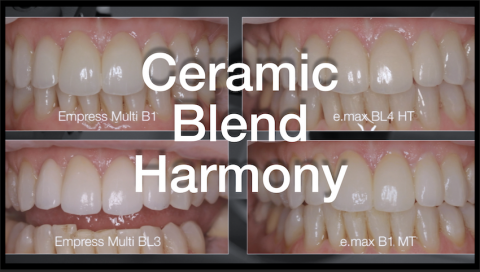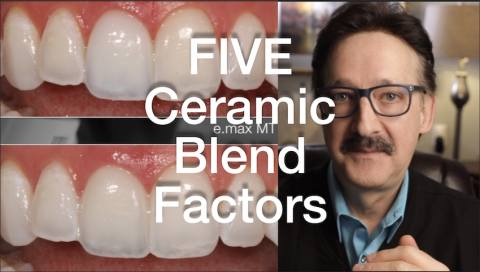Number one objective for anterior tooth upgrade treatment is addressing biofunctional demands. Biofunctional demands are often the challenge that is hard to navigate when there is advanced aging wear and tear conditions. This #cereccasereview will walk through the setup, CEREC design approach, and finished case addressing the maxillary central incisors when there is a challenging lingual wear issue.
Submitted by James Klim DDS, CADStar host on 03/19/2019 - 9:36pm
Submitted by James Klim DDS, CADStar host on 03/15/2019 - 9:25am
Submitted by James Klim DDS, CADStar host on 03/10/2019 - 7:10pm
Katana STML is the first of the available chairside multi-gradient aesthetic zirconia options for chairside CEREC milling. The sintering time in the Sirona SpeedFire furnace is in the 18:00-minute range. This is an incredible fact! A significant advantage for a multi zirconia application is that the aesthetic gradient is already in the pre-milled block. All we do is choose the matching color shade, mill, and polish after sintering. This video will demonstrate the effective finishing steps for Katana STML using the Klim Institute Meisinger Zirconia Lab Kit JK04.
Submitted by James Klim DDS, CADStar host on 03/06/2019 - 8:01am
Submitted by James Klim DDS, CADStar host on 02/20/2019 - 11:24pm
This is the second part video for no prep veneers with CEREC. This video will emphasize how to set the case up and assure patient emotional closure for the no prep or minimal prep. It is good to understand the shade and shape limitations with a conservative approach and being able to identify those cases that will result in a successful outcome before the treatment is started.
Submitted by James Klim DDS, CADStar host on 02/15/2019 - 4:36pm
I have had my hands on the Primescan and it is the next cornerstone for the dental digital platform. Having used most of the scanners on the market today, the Primescan is a home run for a full arch scan, edentulous rigid and the palate. Excellent for digital and printed study models. Very accurate and intuitive to use.
Though I have been pleased with Omnicam, it is more of a quadrant capturing system though I have used it for the full arch, it is not as intuitive and more technique sensitive. What the Primescan has to offer is an upgrade image capturing system and the efficient way it compresses the data. This will provide for
Submitted by James Klim DDS, CADStar host on 02/10/2019 - 8:03pm
Submitted by James Klim DDS, CADStar host on 02/08/2019 - 9:35am
Is it possible to design and create "pressable like" veneers with CEREC? The answer is YES. I do this all the time with razor blade margins and no chipping. This video with reviewing via case review the criteria for no prep or minimally prepared veneer applications, design tips, milling approach, and finishing protocols for thin e.max veneers and no marginal chipping.
Submitted by James Klim DDS, CADStar host on 02/04/2019 - 9:18pm
Both the Omnicam and the PrimeScan are incredible scanning devices and will provide accurate information to master shape and form in the CEREC software and resulting mill. The fundamentals for success are still biofunction, preparation form, material selection, and finish. I am blessed to use the Dentsply Sirona system to optimize my clinical flow and success factors. This video is a case review for using the bracketing technique to accomplish and provide certainty for ceramic blend and case closure for the patient.
Submitted by James Klim DDS, CADStar host on 02/01/2019 - 8:53am
This video will review the concept behind the Ivoclar Navigational App which is a free smart device App download. I have found this App very helpful in selecting a workable brilliance/shade. Even though this app is applicable for e.max and the ZirCAD zirconia, I will share several other videos on how to extrapolate for other ceramics such as VITA and Empress. The five ceramic blend factors this video will address are target shade, ceramic thickness, ceramic translucency, preparation shade impact on ceramic selection, and the final blending factor of using cement colors.

